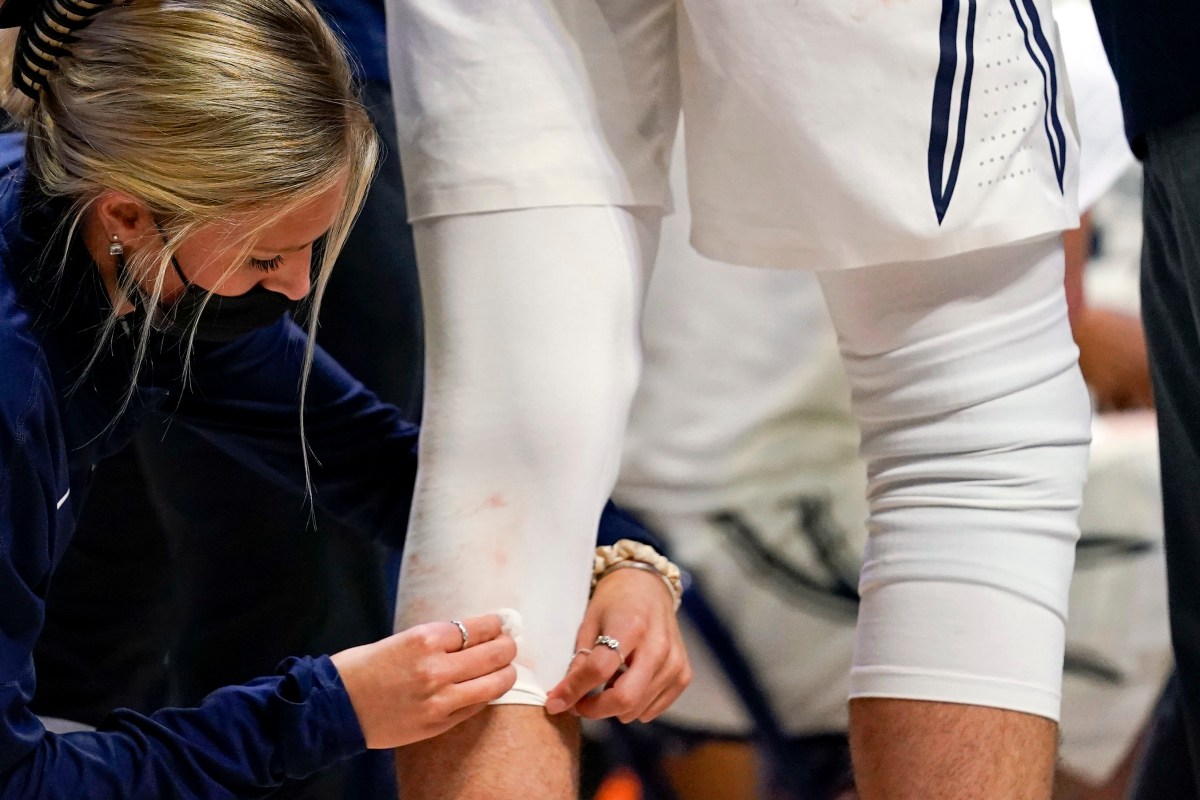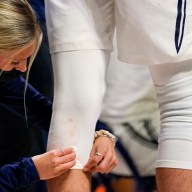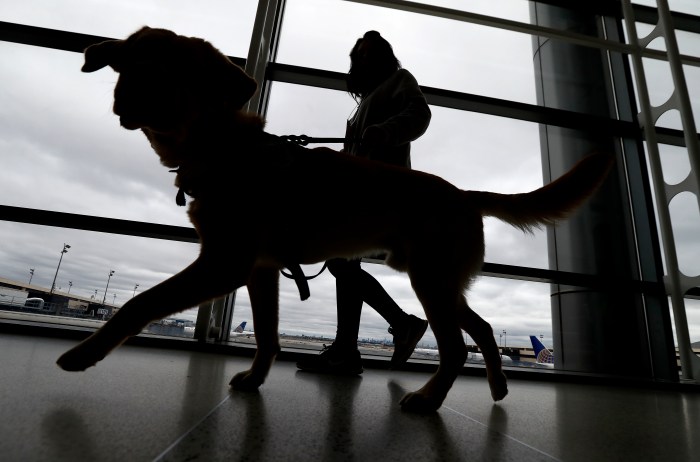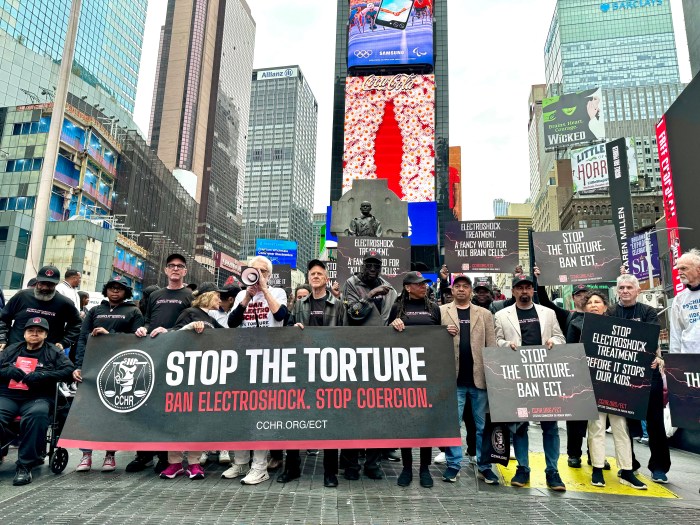Colleges and universities are having a difficult time hiring, recruiting and retaining members of their athletic training staffs because of a number of below-market conditions, a survey shows.
The survey, by the National Athletics Trainers’ Association and the American College of Sports Medicine, of 1,120 athletic trainers at all collegiate levels identified four areas of most common concern: compensation, organizational culture, burnout and increased work responsibility, according to a joint statement released Wednesday.
Among the findings, more than 50% of athletic trainers were caring for more than 100 student-athletes and 65% had been given additional responsibilities without a pay increase.
“They vote with their feet,” said Dr. Bill Roberts, chief medical officer of the American College of Sports Medicine, by leaving the collegiate ranks for positions with occupational health, hospitals, the military and other positions that offer better pay and more regular hours.
He said “addressing salary issues” is likely the most important change needed to allow schools to be competitive and retain athletic training staff.
“There are just so many more opportunities for an athletic trainer from an employment setting,” said panelist Brant Berkstresser, chair of the Intercollegiate Council for Sports Medicine. “And so when we look at these settings, such as industrial, military, physician offices, things like that, they have really increased employment opportunities for us as ATs. And so the challenge, the significant challenge right now is they’re hiring higher compensation models.”
Other areas where the collegiate atmosphere has challenges include providing athletic trainers with a suitable work-life balance. That’s a difficult proposition. What was once viewed as a nine-month job has morphed into a year-round one, often with seven-day work weeks and an increase in the number of student-athletes that athletic trainers can be asked to provide care for. That can lead to mistakes and burnout.
“I think the call action is to ask or insist that our colleges look at their salary structure and how they could bring athletic trainers up to par so that they aren’t leaving the field,” Roberts said.
The survey also found that 47% of respondents had less than 10 years of experience as athletic trainers.
“If we spend our time at colleges breaking in all the new ones and then losing them, we lose that expertise that comes with time on the job,” Roberts said.
In the statement, the organization recommended that colleges review compensation and benefits packages offered to athletic trainers, including support for professional development opportunities; evaluate staffing needs in the department to allow athletic trainers to attend to family matters and enjoy time away; and create opportunities for promotion.
AP college sports: https://apnews.com/hub/college-sports



















